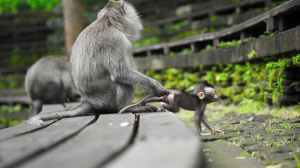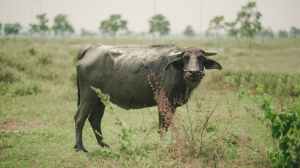
The seeds after being collected and before being stored or used has to accompany a certificate giving the information like the species, date of collection of the seed, locality factors like the elevation, aspects, climatic and soil conditions, characteristics of the mother trees, method of collection, processing, method of storage, name of the collecting person, quantity of seed, date of dispatch, condition of seed at the time of dispatch, etc.
Importance
It ensures the germination percentage which help to estimate the quantity of seeds required to produce the desired number of seedlings of given species.
It is useful for provenance test as the observation of growth pattern and availability of seedlings and trees grown from seeds of various provenances will provide the knowledge of fitness of the provenance for the plantation of given site of certain species.
It helps to achieve the objective of plantation by predicting the quality and form of the products of the trees.
Besides it also helps in knowing the quality of the mother trees, vigorous of the growth and the degree of suitability to the site of plantation.




